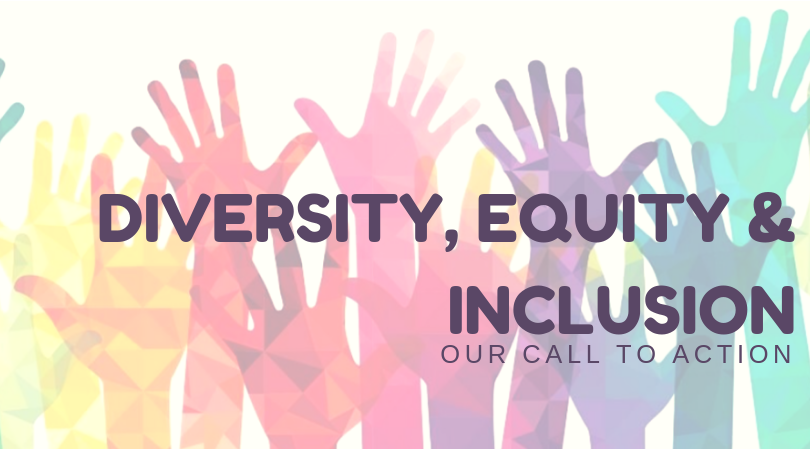Diversity, Equity, and Inclusion (DEI) is defined as the following: diversity is “the presence of differences that may include race, gender, religion, sexual orientation, ethnicity, socioeconomic status, language, (dis)ability, age, religious commitment, or political perspective.” Equity is “promoting justice, impartiality, and fairness within the procedures, processes, and distribution of resources by institutions or systems.” Inclusion is “an outcome to ensure those that are diverse actually feel and/or are welcomed. (DEI.Extension.org)
DEI is a practice that is applied in the workplace. So much in fact that companies and organizations have VPs, Associate VPs, and Directors of Diversity Equity and Inclusion. During the summer of 2020, following the protests as a response of the murders of George Floyd and Breonna Taylor, there was trending study exhibiting the rise of DEI positions within organizations.
Roy Maurer, in his 2020 article for SHRM.org, “New DE&I Roles Spike After Racial Justice Protests”, writes, “job openings for diversity, equity and inclusion (DE&I) roles surged after the nationwide protests that followed the death of George Floyd in late May…DE&I-related job openings have risen by 55 percent since June 8, after falling by 60 percent at the onset of the coronavirus pandemic in March, according to data from employment and recruiting site Glassdoor…”.
In theory, DEI is necessary especially with the best of intentions. But studies also show that although there has been an influx of minority hiring at the ground level, it doesn’t necessarily reflect that at the leadership level. According to an article for Industry Week.com, “there are certainly instances, however, where the diversity of a company’s workforce is not in proportion to the community it serves. Or diverse representation at the working level may not translate to diversity at leadership levels.”
In recent studies, a new element to DEI has been introduced. Belonging.
According to a 2021 article on Glassdoor.com, “ ‘Belonging is when employees truly buy into the notion that they and others are all welcome to bring their full perspectives and their true selves to the table’ explains Alice H. Jones, co-founder and trainer with Inclusion Consultant Network (ICN)… A sense of belonging means that people can bring their full selves to work, and not feel like they’re a different person there than at home. It’s not enough to simply include people at the table, but it’s imperative to amplify everyone’s voices, clear barriers and appreciate each other for our unique backgrounds.”
Diversity, Inclusion, and Belonging are beginning to make its way within the human resource management circles but there seems to be an assumption that equity is being switched out for belonging when, why can it be all four?
It is dangerous to overlook equity for belonging because it takes away from the notion that minority people have been and continue to be discriminated against because of the color of their skin. While affirmative action laws have been written and passed to assist in this venture, it does nothing by establishing belonging or reaffirming equity.
It is understandable while employees would want to feel a sense of belonging at a company or organization through feeling as if their voice is heard, their values are being taken seriously, and measures are being taken to make their environment healthy and safe. However, all of that work is jeopardized if those who are doing that work at the leadership level do not represent the minority communities the organizations are trying to support or preserve.





